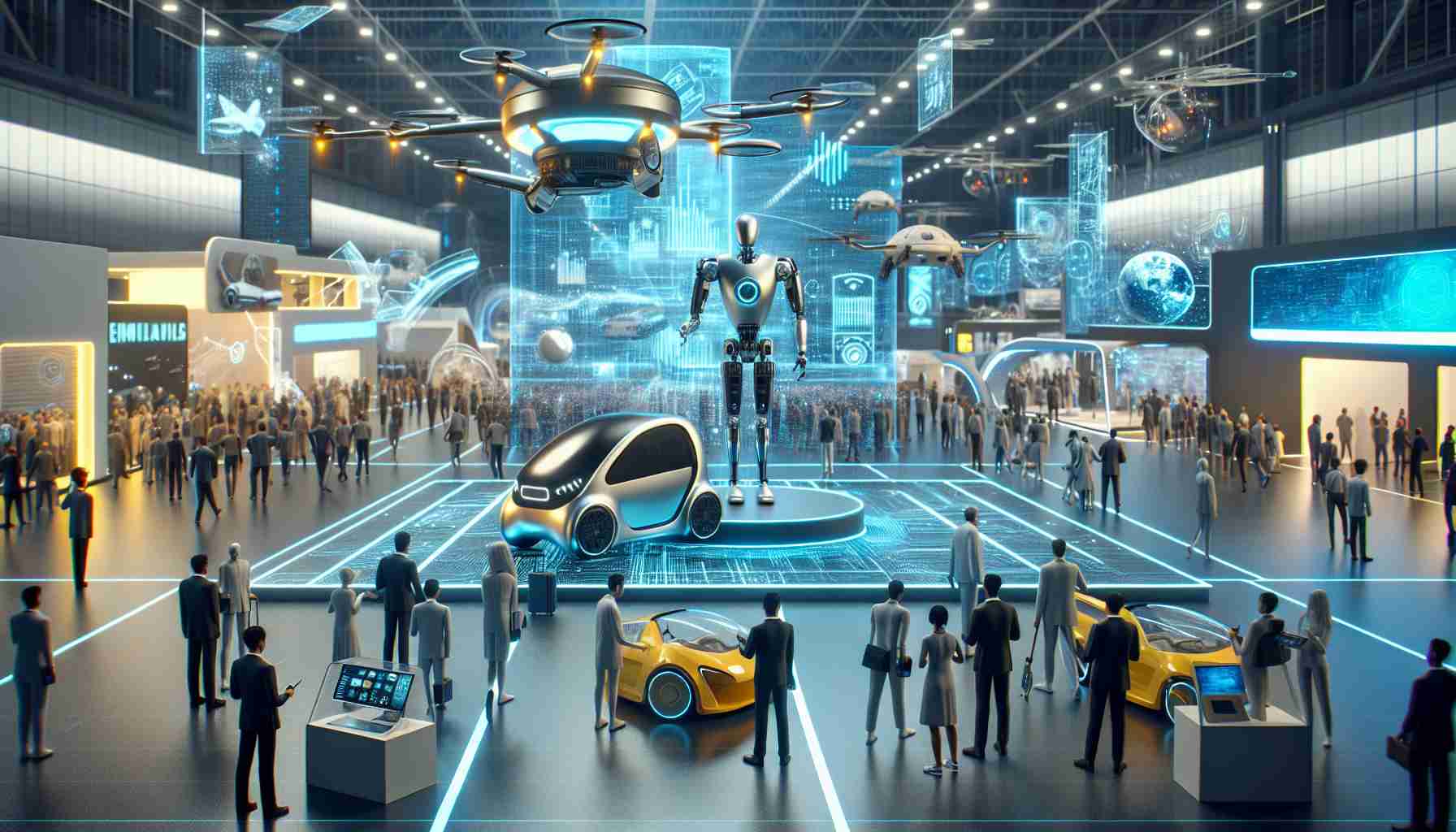The Future of Mobility at CES
Despite a lackluster turnout from major automakers at this year’s CES, particularly due to economic concerns, some groundbreaking innovations made waves at the event. The future of the automotive industry remains uncertain, yet a few standout trends were evident.
XPENG AEROHT unveiled what they boast as Asia’s largest flying car. Their modular design, the Land Aircraft Carrier, features a unique mothership that deploys a sleek 6-rotor flying vehicle. Set for mass production in 2026, there are still some design challenges to overcome.
Another highlight was Honda’s 0 Series, a striking pair of vehicles—a saloon and an SUV—that aim to redefine automotive aesthetics and in-car experiences. Slated for a 2026 launch, these futuristic models promise an engaging driving experience, alongside a unique AI assistant.
Meanwhile, Zeekr, a rising Chinese manufacturer, showcased the Mix, a versatile minivan with impressive battery technology and an interior adaptable for various needs, indicating strong potential for U.S. market entry.
Scout’s presence with their Terra truck and Traveller SUV hinted at rugged capabilities, with an innovative gasoline range extender to enhance off-road adventures.
Lastly, Royal Enfield introduced the electric Flying Flea S6, reviving a historic design while providing a modern twist for urban commuters.
With such pioneering ideas, the journey towards the next evolution in automotive technology is just beginning.
Revolutionizing Mobility: Innovations to Watch After CES
The recent CES brought attention to new trends and technologies that could revolutionize the automotive industry despite the lesser participation of major automakers due to economic uncertainties. While some innovations stole the spotlight, industry observers are keenly interested in the potential these advancements hold for the future of mobility.
Key Innovations at CES
1. XPENG AEROHT – The Flying Car Revolution
– Specifications: The Land Aircraft Carrier designed by XPENG AEROHT is marketed as Asia’s largest flying car. It features a modular design with a mothership capable of deploying a 6-rotor flying vehicle. The ambitious goal is to initiate mass production by 2026, pending the resolution of certain design challenges.
2. Honda’s 0 Series – Aesthetic Redefinition in Automotive Design
– Features: Honda’s 0 Series, which includes both a saloon and an SUV, aims to enhance both aesthetics and driving experience through advanced technology. With a release planned for 2026, these vehicles will feature an AI assistant designed to improve user interaction and driving pleasure.
3. Zeekr’s Mix – A Versatile Minivan for Diverse Markets
– Use Cases: This innovative minivan boasts advanced battery technology and offers an adaptable interior. It’s geared toward families and urban users who require flexibility in their vehicle’s use. Given its features, Zeekr is eyeing entry into the U.S. market.
4. Scout’s Terra Truck and Traveller SUV – Off-Road Innovations
– Capabilities: Scout’s showcased vehicles highlight ruggedness with a novel gasoline range extender, making them ideal for adventure enthusiasts. Their designs suggest that they are built for robust off-road experiences while remaining practical for daily use.
5. Royal Enfield – Electric Flea S6
– Sustainability Aspect: The Flying Flea S6 reimagines a classic design with modern electric technology, positioning it as a sustainable option for urban commuting. This blend of nostalgia and innovation is expected to appeal to both traditional motorcycle enthusiasts and new eco-conscious commuters.
Market Analysis and Trends
As the automotive landscape evolves, CES has clearly indicated several emerging trends:
– Increase in Electrification: Manufacturers are embracing electric technology not only as a necessity for sustainability but as a key selling point, appealing to environmentally aware consumers.
– Autonomous and Semi-Autonomous Features: The focus on simplifying and enhancing the driving experience through AI and autonomous technologies is becoming more pronounced.
– Customization: The demand for vehicles that can adapt to varied lifestyles is rising, with more companies exploring modularity and interior adaptability.
Limitations and Challenges
Despite these exciting prospects, several challenges remain:
– Regulatory Hurdles: Flying vehicles, while technologically feasible, must navigate complex regulatory frameworks before they can become commonplace.
– Consumer Adoption: The successful introduction of innovative models depends heavily on consumer acceptance and understanding of new technologies.
– Design Challenges: Many of these pioneering vehicles face design hurdles that must be overcome to ensure both safety and functionality.
Predictions for the Future
The innovations showcased at CES signal a pivotal point for the automotive industry. As manufacturers rush to adopt transformative technologies, the following trends may shape the future:
– Enhanced Connectivity: Vehicles are likely to become more integrated with smart city infrastructure, allowing for better traffic management and personalized user experiences.
– Increased Investment in R&D: Companies will continue to invest heavily in research and development to innovate electric, autonomous, and flying vehicles.
– A Shift towards Shared Mobility: As urban areas look to reduce congestion and emissions, shared vehicle platforms may gain traction, increasing the demand for flexible, multi-use vehicle designs.
In conclusion, while uncertainties loom over economic factors affecting the automotive industry, innovative concepts from CES pave the way for a thrilling future. For more information and updates on automotive technology, visit CES Tech.













